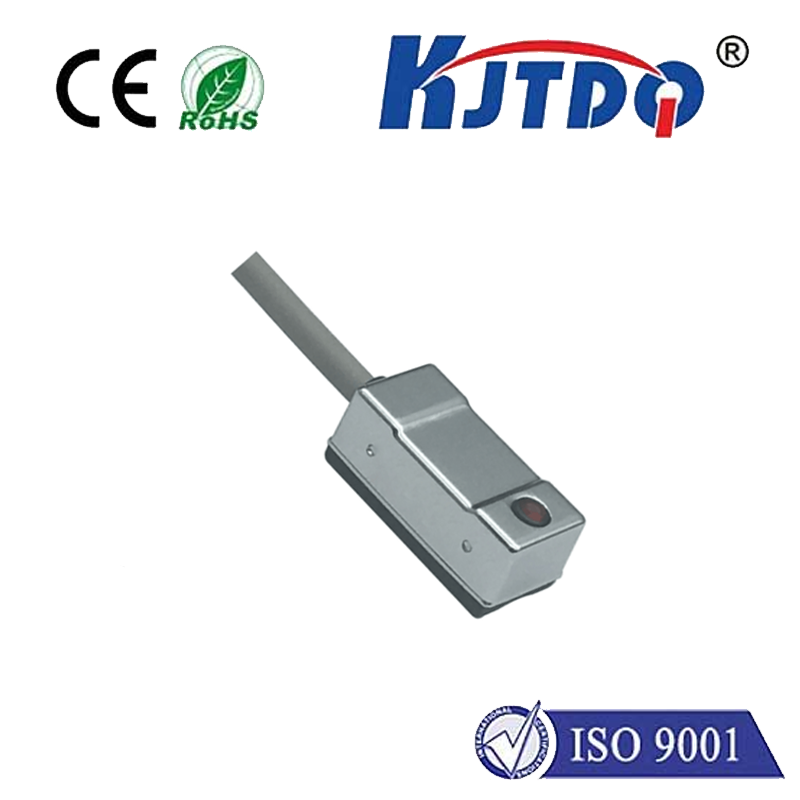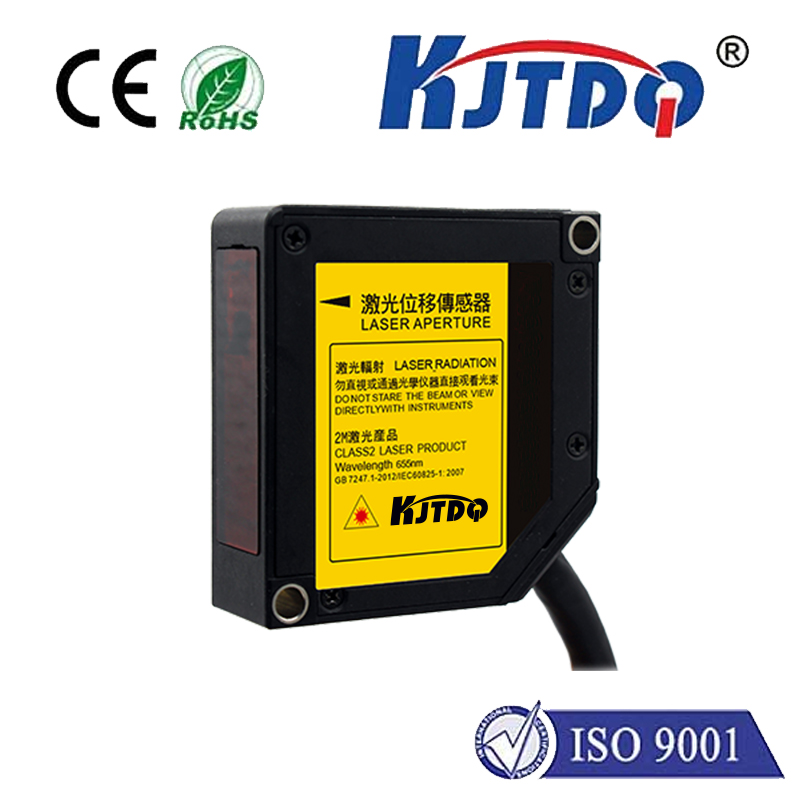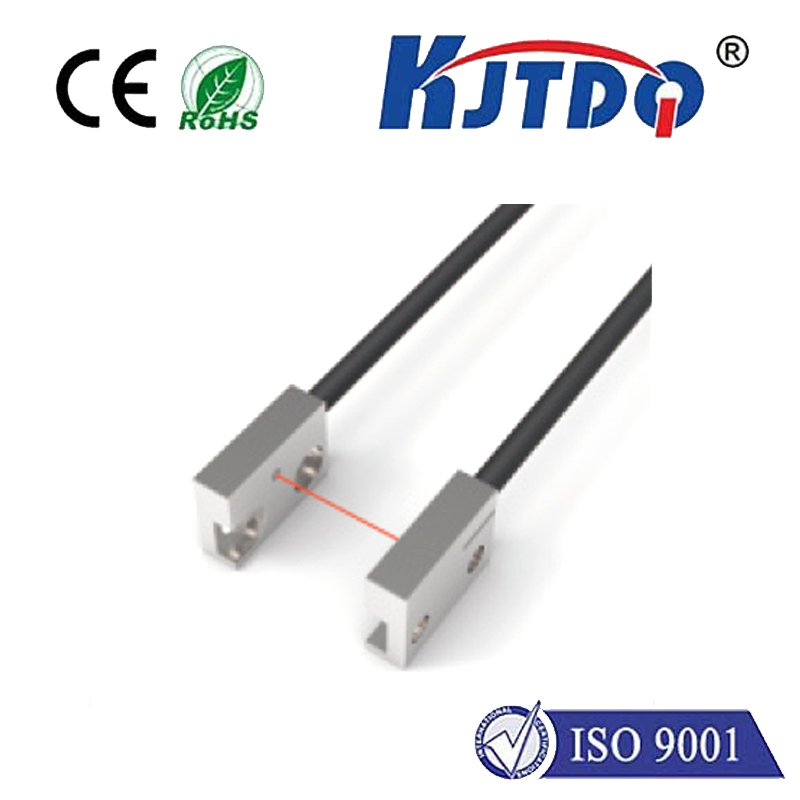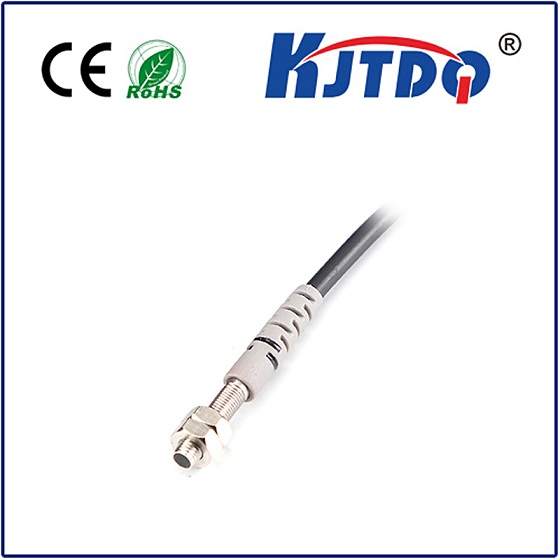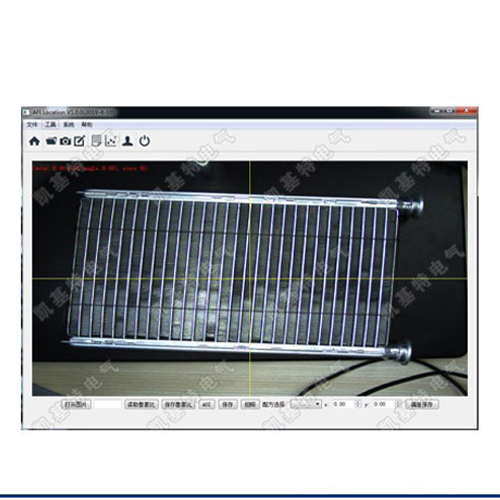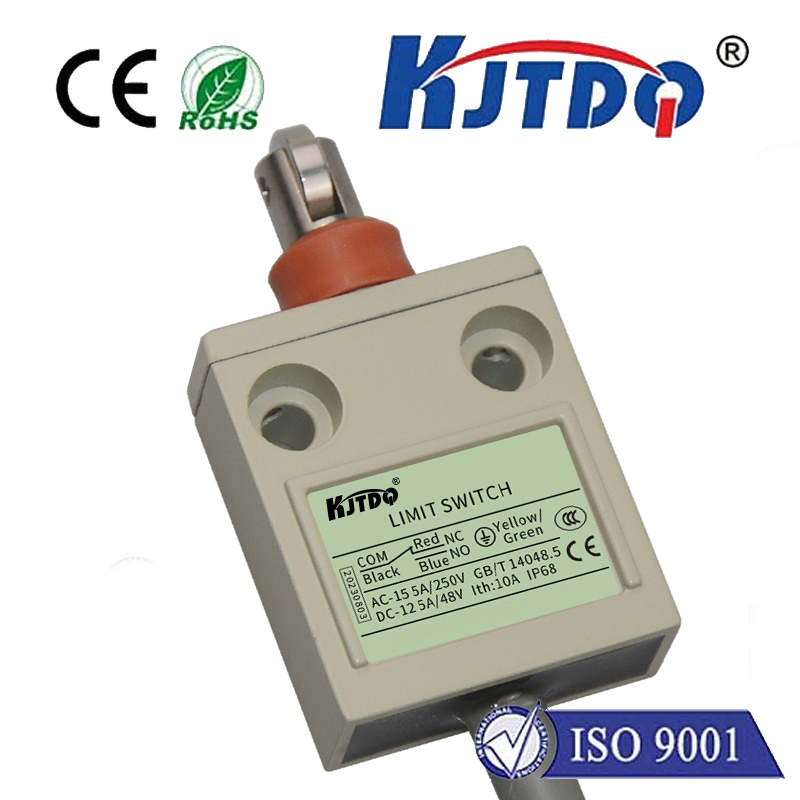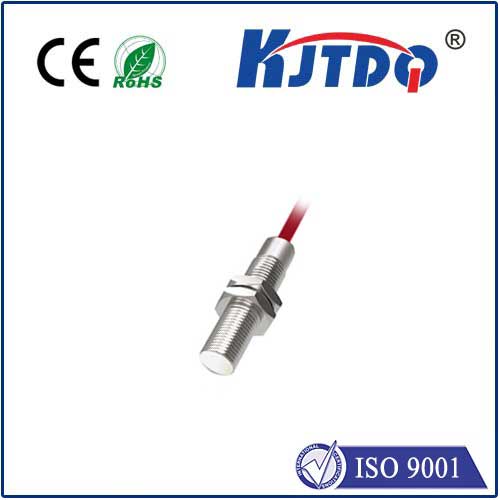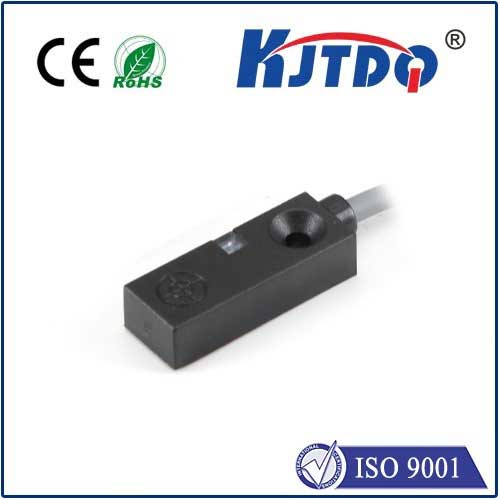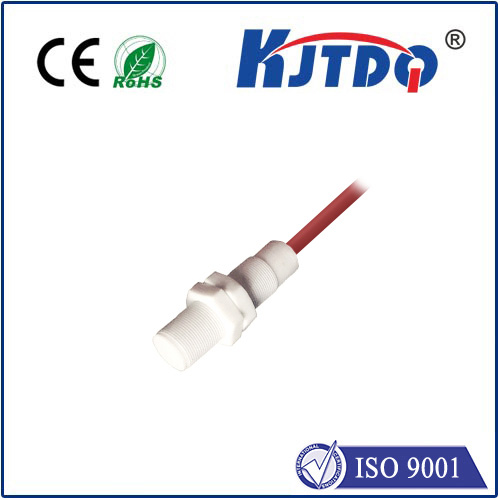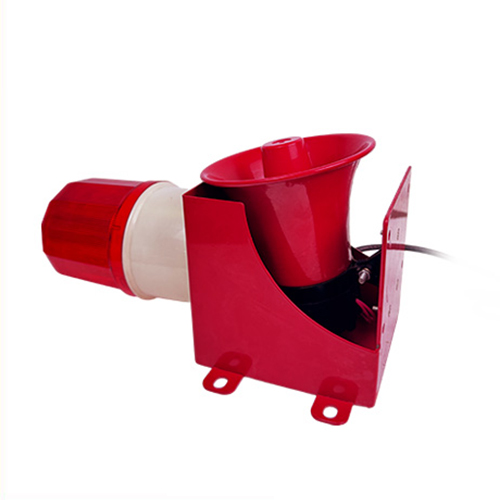Датчик приближения M8
- time:2025-06-13 02:36:42
- Нажмите:0
The Unseen Guardian: Demystifying the M8 Proximity Sensor
In the intricate choreography of modern machinery, countless components work silently to ensure seamless operation. Among these unsung heroes, the M8 proximity sensor stands out as a critical, often overlooked, guardian. Think of that automated assembly line flawlessly placing components, or the robotic arm stopping perfectly millimeters before collision – chances are, a small, cylindrical sensor with an M8 threaded body is the silent sentinel making it happen. This compact yet powerful device is fundamental to precision, safety, and efficiency across a vast spectrum of industrial and commercial applications. Understanding its function, benefits, and ideal use cases is crucial for engineers, technicians, and anyone involved in automation.
At Its Core: What is an M8 Proximity Sensor?
An M8 proximity sensor is a type of non-contact sensor designed to detect the presence or absence of a metallic or, in specific types, non-metallic target object without physical contact. The “M8” designation specifically refers to the standardized metric thread size (8mm diameter) used for its housing and mounting, making it physically distinct and easily identifiable compared to larger (like M12 or M18) or smaller sensors.
These sensors operate on fundamental principles:

- Inductive Sensing (Most Common): An inductive M8 proximity sensor generates a high-frequency electromagnetic field from its sensing face. When a ferrous (iron-containing) or non-ferrous (like aluminum, brass, copper) metal target enters this field, it induces eddy currents within the target. This interaction damps the sensor’s internal oscillator circuit, triggering an electronic switch (usually an NPN or PNP transistor) that changes its output state. Inductive sensors only detect metal objects.
- Capacitive Sensing:А.capacitive M8 proximity sensor detects changes in capacitance. It generates an electrostatic field. When any object (metal, plastic, wood, liquid, etc.) with a different dielectric constant than air enters this field, it alters the capacitance of the circuit. This change is detected, triggering the sensor’s output. Capacitive sensors detect a much wider range of materials but are generally less precise over distance compared to inductive ones for metals.
- Magnetic Sensing (Reed Switch / Hall Effect): These detect the presence of a magnetic field, typically from a permanent magnet attached to the target. While less common in standard M8 form factors for proximity detection compared to inductive, they are used in specific applications.
The выходной сигнал from these sensors is typically a simple ON/OFF (discrete) DC signal, making them incredibly easy to interface with Programmable Logic Controllers (PLCs), machine controllers, and other industrial electronics.
Why Choose the M8 Form Factor? The Advantages
The compact M8 threaded housing offers distinct advantages that make it the ideal choice for many scenarios:
- Compact Size & Space Efficiency: In crowded control panels, intricate machinery, or small robotic grippers, space is often at a premium. The small M8 footprint allows for installation where larger sensors simply wouldn’t fit. This is its primary advantage over M12 sensors.
- Robust Build & Durability: Despite their size, M8 sensors are engineered for harsh industrial environments. Featuring typically stainless steel or nickel-plated brass bodies and high IP67 or IP68 protection ratings (dust-tight and protected against water immersion), they withstand impacts, vibrations, washdowns, oils, and coolants. Shielded (flush mount) variants offer excellent resistance to surrounding metal interference.
- Ease of Installation & Standardization: The M8 threaded barrel allows for quick, secure, and adjustable mounting via corresponding M8 threaded nuts or mounting brackets. The standardized size ensures easy sourcing and replacement. Wiring is typically simplified via pre-cabled versions or standardized M8 connector types (3-pin or 4-pin).
- Cost-Effectiveness: For applications requiring smaller sensing distances (typically 2mm to 4mm for inductive M8 sensors), the M8 offers a reliable solution at a generally lower cost point than its larger M12 counterparts, especially beneficial when deploying multiple sensors.
- Non-Contact Operation: The fundamental non-contact detection principle eliminates mechanical wear and tear, ensuring long operational life and high reliability – maintenance is significantly reduced compared to mechanical limit switches.
- High Switching Frequency: Capable of very rapid response times (often measured in milliseconds or microseconds), M8 proximity sensors excel in high-speed counting or position verification tasks.
Where the M8 Proximity Sensor Shines: Key Applications
The combination of compactness, robustness, and reliability makes the M8 inductive proximity sensor ubiquitous in numerous fields:
- Factory Automation & Robotics: Position detection of robotic arms, grippers, tool changers; verifying part presence on pallets or conveyors; end-of-stroke detection on pneumatic cylinders (especially compact cylinders); counting small parts; monitoring rotating components.
- Packaging Machinery: Detecting foil seals, metallic components on packages; verifying cap placement; controlling filling levels (using capacitive variants for liquids/powders).
- Machine Tools & CNC: Tool breakage detection (using specialized variants); verifying workpiece clamping position; spindle orientation sensing.
- Перевозка материалов: Monitoring position of lifts, slides, and gates; detecting metal objects on conveyor belts (tramp metal detection).
- Automotive Manufacturing: Endless uses in engine assembly, transmission lines, welding cells, and paint shops for part verification and position sensing in tight spaces.
- Food & Beverage Processing: Stainless steel capacitive M8 sensors detect levels in containers or presence of plastic/glass bottles. Hygienic designs are available.
- Medical Equipment: Position sensing in compact diagnostic devices and analyzers.
- Building Automation: Monitoring door/window positions (using magnetic variants), security systems.
Selecting the Right M8 Sensor: Key Considerations
Choosing the optimal M8 proximity switch involves evaluating several factors:
- Sensing Technology: Inductive for metals? Capacitive for non-metals/liquids? Magnetic (Reed/Hall) for magnet targets?
- Sensing Distance: Confirm the rated operating distance (Sn) required for your application. Remember inductive M8 sensors typically offer shorter ranges (e.g., 2mm).
- Target Material: For inductive: Ferrous steel offers the longest range, non-ferrous metals (brass, aluminum) have shorter detection ranges. Capacitive sensors need to be tuned based on the dielectric constant of the material.
- Output Configuration: Does your control system require an NPN (sinking) or PNP (sourcing) output transistor? What voltage level (commonly 10-30V DC)?
- Connection Type: Pre-cabled (specify desired length and connector) or Quick-disconnect with a separate M8 connector plug?
- Mounting Style: Shielded (Flush Mountable): Can be embedded in metal without affecting performance. Non-Shielded (Non-Flush): Requires an annular free space around the sensor face but offers slightly longer sensing ranges.
- Environmental Factors: Required IP rating (IP67 standard, IP68/69K for harsh washdown)? Temperature range? Exposure to chemicals? High levels of electrical noise?
- Special Features: IO-Link compatibility for advanced diagnostics and parameterization? Higher temperature ratings? Specific approvals (ATEX for hazardous areas)?
The Compact Powerhouse for Precision Detection
From the relentless pace of automotive assembly lines to the controlled environments of medical

